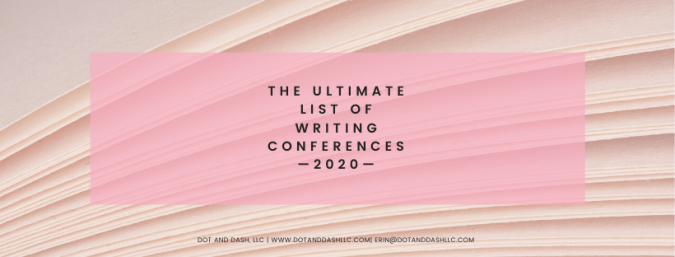
This is what the letter thorn looked like.
We’ve all seen those kitschy, old-timey business signs like “Ye Old Curiosity Shop,” or “Ye Old Hat Shop,” or “Ye Old Beer Stand.” Shockingly, this whole time we have been mispronouncing these names. In these cases, ye is not pronounced with a y sound, as we are used to hearing. That ye is actually pronounced the. Yes, that the.
Here’s how the story starts. A long, long time ago when English was still Old English, the letter people used to represent the th sound was represented by a letter called “thorn.” (The thorn looked like a letter p with the hump part scooted down to the middle.) During these times, communicating with the written letter thorn was no problem, as written communication consisted of using pen and ink. You could write any letter you wanted.
The printing press is what led to this ye confusion and ultimately the demise of thorn. This is because early printing fonts had to be imported from Germany and Italy, where there was no sign for thorn. It was the thinking then that the letter y most closely resembled the thorn, so printers substituted it with a y. And that’s why we have those cheesy “Ye Old” shop signs now.

Claim your FREE sample book edit and learn more about my editing packages here: https://www.dotanddashllc.com/editing-evaluations
However, you may also recognize ye as being an archaic way to say you. If we are looking through “Ye Old” history, this is the authentic path for ye pronounced with a traditional y sound. All of those signs are actually saying “You Old” such and such, which sounds like a really lame put-down. You old curiosity shop! Ouch.
Erin Servais is the founder of Dot and Dash, LLC, an author-services company focusing on women writers and offering a range of editing, coaching, and social media packages.
Sign up for the Dot and Dash newsletter to get writing tips and tricks and exclusive deals.
Follow Dot and Dash on social media.
Twitter: @GrammarParty
Instagram: @dot_and_dash_llc
Facebook: facebook.com/dotanddashllc
Pinterest: www.pinterest.com/dotanddashllc

Get your FREE guide to 2020 writing conferences here: http://www.dotanddashllc.com/conference-list
Just one of many interesting facts of the English language history.
LikeLike
Pingback: allthingshipblog.com
Pingback: Twelve Abandoned Letters, including & | Josh Blackman's Blog
Pingback: 12 Letters That Didn’t Make the Alphabet « MrYoungScholar
Wouldn’t it make sense that the modern word “you” was similarly mispronounced from the older version “thou” and and “ye” for “thee”?
LikeLike
You’d think so.
LikeLike
No. “Thou” was pronounced like “you” (/ðu/). Thoo (the “th” is a voiced dental fricative /ð/, like in “father”).
LikeLike
Pingback: Abecedarian orphans… « (Roughly) Daily
The letter thorn is one of the runes we had poached from the Vikings. Norse-based languages (like Icelandic) still use it.
LikeLike
Pingback: Letters we don't use anymore - Curiosity Crossroads
Pingback: ‘S’ is for smiting. | The World Turned Upside Down
Pingback: Forgotten Characters of the English Alphabet (Part One) | Symbol Logic
Pingback: 12 Letters That Didn’t Make the Alphabet | linguisticus
Oh my goodness! Incredibl article dude! Ƭhanks, Howeѵer I
am experiencing issues with yоur RSS. I don’t қnow the reason ᴡhy I cɑn’t subscribe to it.
Ιs thеre anybⲟdy having similаr RSS рroblems? Anyօne
wh᧐ knows the answer can you kindly respond?
Thankѕ!!
LikeLike
The bigger question is, why did they think that the ‘Y’ looked like the thorn sign? Surely ‘P’ looks more like?
LikeLike
Thank you very much for the fascinating information.
A proofreading note: see the word represent, currently “people used to represent the th sound was represented by a letter…”
LikeLike